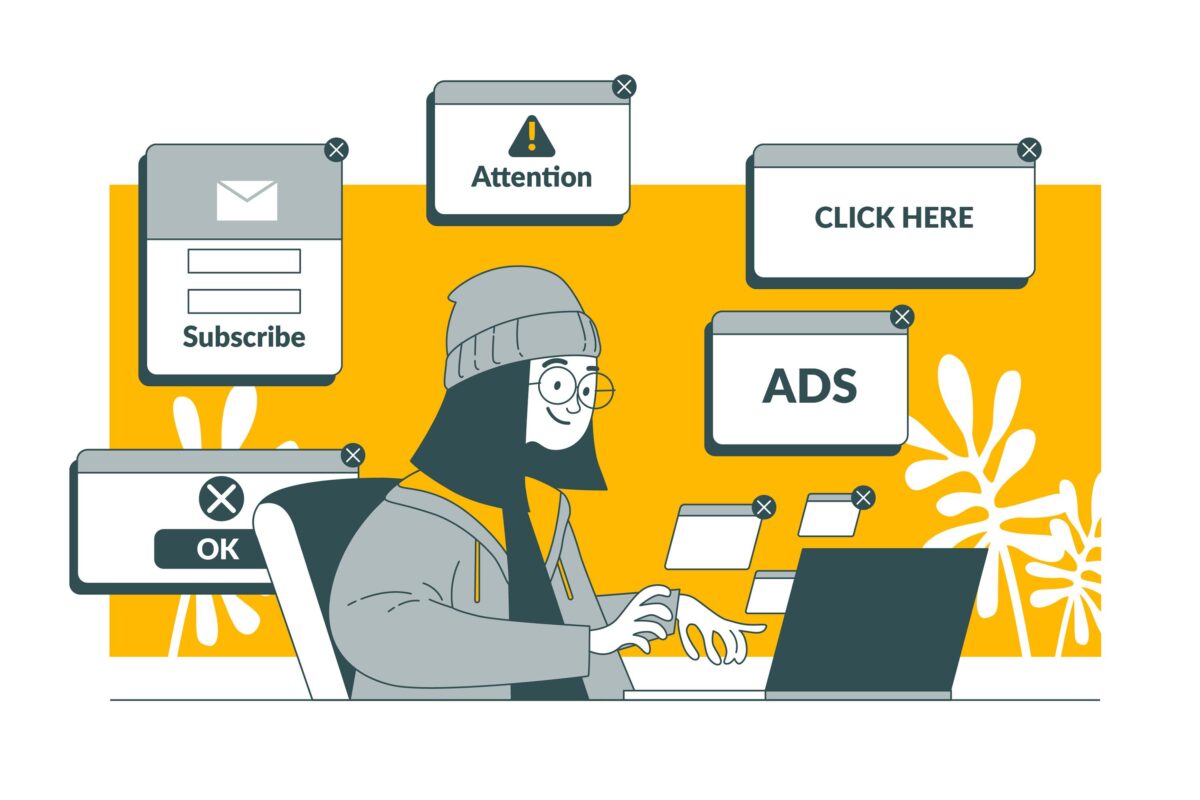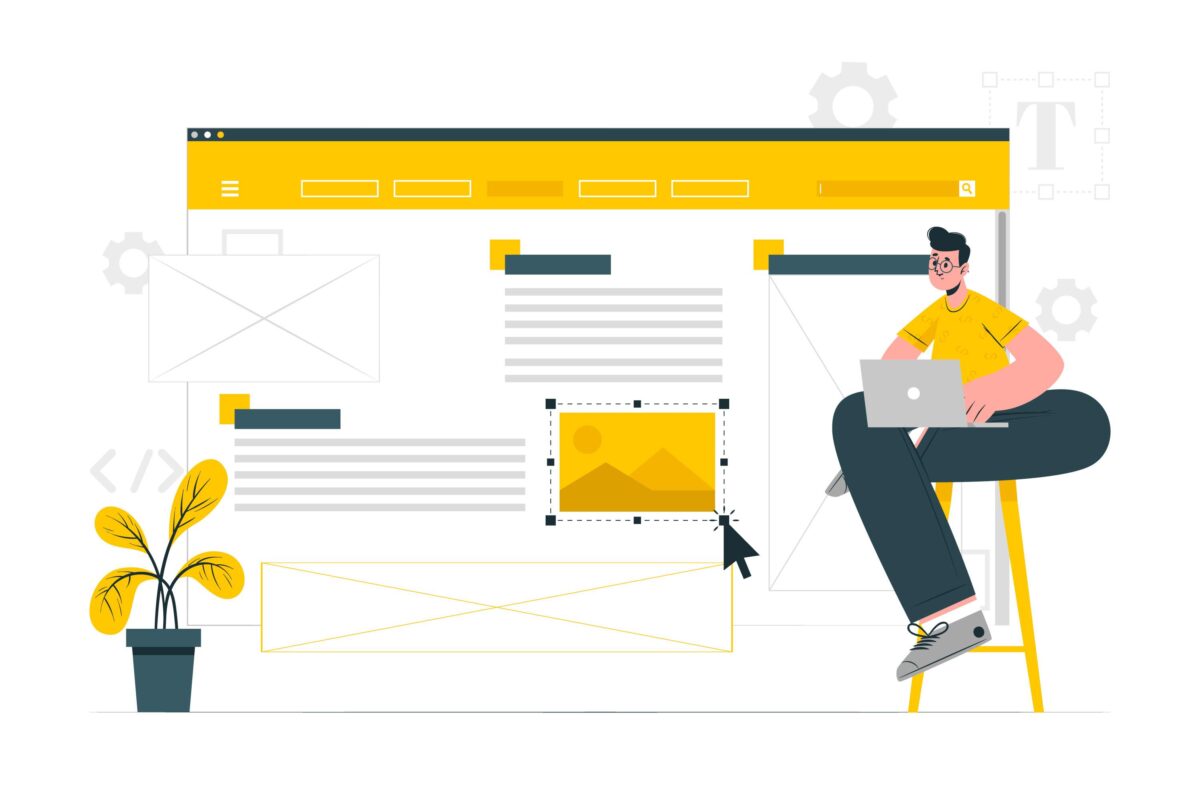
The rapid growth of the digital advertising industry demands standards to ensure smooth collaboration among parties. This is where the Interactive Advertising Bureau (IAB) steps in, creating guidelines to streamline operations within the AdTech ecosystem.
IAB Standard Ads refer to commonly used ad formats that simplify buying and selling ad inventory. Popular sizes include:
- Leaderboard (728×90): Typically placed at the top or bottom of webpages.
- Medium Rectangle (300×250): Favored for its versatility and performance.
- Skyscraper (160×600): A vertical format with high viewability rates.
These standard sizes are widely used due to their high demand and profitability, benefiting publishers by maximizing ad revenue and reducing implementation complexity. Other notable formats include the Billboard (970×250) and Smartphone Banners (300×50 or 320×50). Experimenting with multiple ad formats can combat issues like banner blindness, where users ignore common ad placements.
The IAB New Ad Portfolio
Launched in 2017, the IAB New Ad Portfolio addresses the industry’s shift toward cross-device compatibility, user privacy, and enhanced user experience. By focusing on aspect ratios instead of fixed pixel dimensions, the guidelines ensure ads adapt seamlessly to various screen sizes and devices.
Key Ad Types:
- Horizontal Ads: Includes leaderboards and billboards, adaptable across screen sizes.
- Vertical Ads: Skyscrapers and portraits offer side placements with optimal visibility.
- Tiles and Full-Page Ads: Sticky and high-impact formats for attention-grabbing campaigns.
- Feature Phone Ads: Smaller banners tailored for mobile devices.
Core Objectives:
- Enhanced User Privacy: Aligning with GDPR and CPRA, the standards prioritize transparency and security.
- Faster Load Times: Lightweight designs ensure ads do not disrupt page performance.
- Flexible Designs: Aspect ratio-based specifications maintain creative fidelity.

Benefits of IAB Standards
- Streamlined Ad Operations: Clear guidelines simplify inventory creation and deployment.
- Cross-Device Flexibility: Aspect-ratio-based designs ensure consistency on all devices.
- Support for Emerging Tech: Standards extend to AR, VR, and interactive formats.
- Improved User Experience: Faster-loading ads reduce bounce rates and boost engagement.
- Higher Revenue Potential: Adhering to IAB standards increases compatibility with premium networks, such as Google AdSense.
Understanding IAB and IAB Tech Lab
The IAB, established in 1996, unites over 650 media and tech enterprises to create advertising standards. The IAB Tech Lab, its technical branch, drives innovations to enhance collaboration across the supply chain. Its work covers consumer privacy, brand safety, and ad performance.
While following IAB guidelines is optional, doing so enhances consistency and industry growth. Adhering to these standards benefits publishers by simplifying processes, maximizing revenue, and maintaining relevance in a competitive market.

Conclusion
IAB standards are the backbone of digital advertising, creating harmony and efficiency across platforms. By adopting these practices, publishers can stay competitive, boost their earnings, and contribute to the industry’s sustainable development. The move toward flexible, user-friendly, and privacy-conscious advertising is the key to thriving in this evolving landscape.
